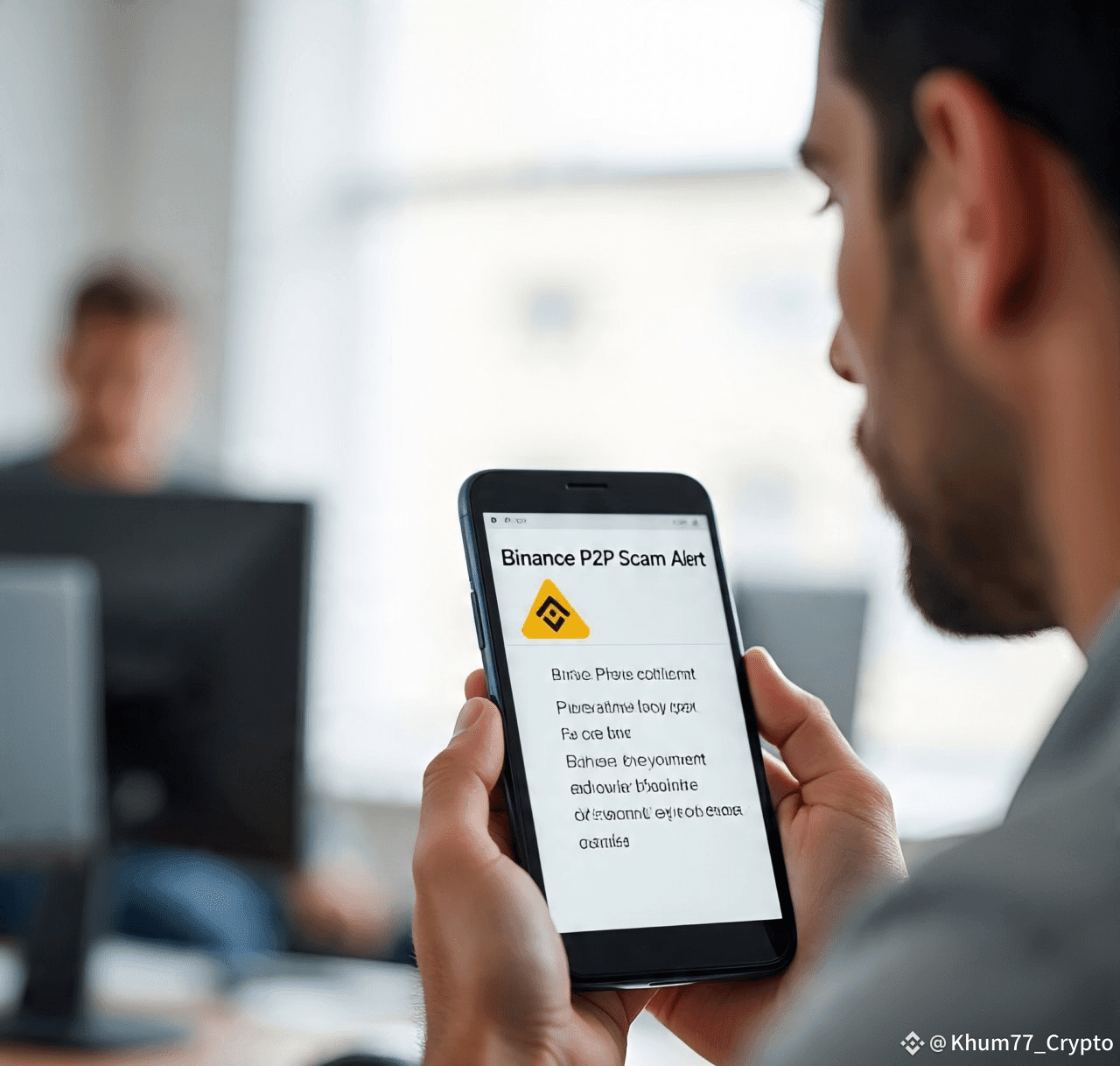What to Watch For & How Protect Your Funds
Binance P2P helps you to buy and promote crypto right away with one-of-a-kind users—regularly with 0 expenses. As with any open marketplace, it may attraction to awful actors.
Knowing their techniques and following some safeguards will help you exchange effectively.

Common P2P scam techniques
- Fake payment proofs: Edited bank receipts or screenshots used to trick dealers into liberating coins earlier than cash arrives.
- Chargebacks/refunds: Buyers pay with reversible strategies, get hold of the crypto, then request a reimbursement from their bank.
- Third‑party payments: Funds come from bills that don’t belong to the verified buyer, developing compliance and recuperation risks.
- Impersonation: Scammers pose as Binance help or high‑reputation investors to benefit agree with.
How to change correctly
- Confirm settlement: Release crypto only after you see cleared finances in your very own account.
- Match names: Accept payments only from money owed that exactly match the purchaser’s confirmed Binance identity.
- Stay on platform: Keep all chats and transactions within the reputable Binance P2P interface.
- Use escrow: Rely on Binance’s escrow; it holds your crypto until price is showed.
- Resist stress: Don’t be rushed into releasing funds or converting terms.
- Strengthen safety: Enable 2FA and security signals; never proportion codes or passwords.
- Report troubles: If some thing feels off, use the appeal/document tools and speak to Support.
By staying vigilant and following Binance’s P2P rules, you could lessen threat and experience speedy, steady peer‑to‑peer transactions.